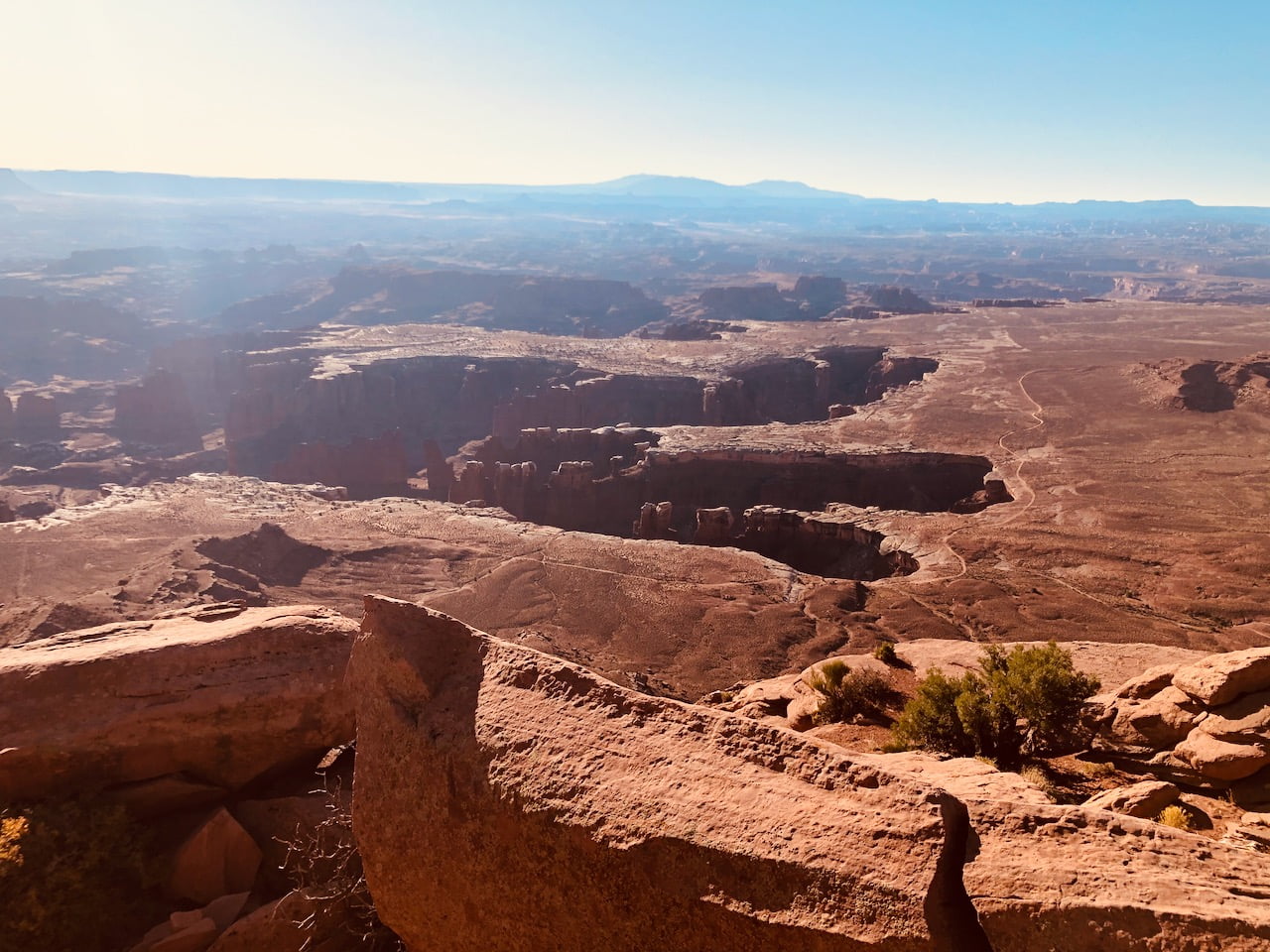Session 7, introduces the letters G and P, the numbers 7 and 9, and the / character. (Thanks, Mateo, for sending out the Lesson 7 mp3 file that you can listen to on headphones.)
Welcome, Session 01, 02, 03, 04, 05, 06, 07, 08, 09, 10, 11, 12, 13, 14, 15, 16
In the official CWOPS Beginner Book, session 7 is divided into copying segments:
F, Y, 3, 6, P, G, 7, 9, / (five times each)
page, paper, pepper, glad, glare, large, ledge, george, geo, chas, chase, change, peg, pug, pig, pen, pencil, pipe, pit, gain, garage, guard, gas, gus, chug, yes, yet, yonder, coy, G4AN/3, N1AR/5, W9UCA/9, W3/PY2AA, F6/N6AM, 2N2222, 7423, 14253679, he is a pro, she is near, do not gape, he is at 19 glen street
And sending segments:
page, glare, ledge, george, pen, pit, G4AN/3, N1AR/5, W9UCA/9, W3/PY2AA, F6/N6AM, 2N2222, 7423, 14253679, go to her, read the page, wat page?
At the end of this session, we are 19/26ths towards a complete alphabet. The remaining letters are high-value Scrabble tokens.
Nice job sending tonight. I’m enjoying the words and phrases you come up with tonight: coyote, foul play, periphery, haggis, up/down, rush 2112, no pain no gain, chump change, diphthong, cape horn.. (In college, it seemed like Rush was always playing in the quad. If you ever wondered what Morse code sounds like when sent by a guitar, they did that in a song intro.)
Since you all are making great progress, we were able to do work through our customary five rounds with plenty of time left over for a sixth. For the bonus homework, be prepared to send two groups from the “Sending Segments” and four words or phrases from the letters we’ve learned (they can be your own or from the list).
After next class, I’ll send out a simple worksheet for you to assemble a QSO cheat sheet filling in common phrases such as the one from Stephan (“ant is dipole”) and Bill (“operator/ws6y”) did in round four. (As you’ll discover, there are a lot of abbreviations. “Operator” would be simply “op”.) Starting with session 10, we’ll work on sending QSO snippets to each other over Zoom.
Following up to Ross’ question last night on people sending slower upon request, I did an informal survey (asked a bunch of CWA advisors). Some of the comments (my additions in bold):
- In a contest, I never QRS [send slower] with the speed control (well, rarely). However, when I grab the paddle for any reason, I Farnsworth down the speed appropriately. Seems to work well.
- I will slow down to 15-18 cpm [characters per minute], with additional spacing and repeats as needed. I make too many mistakes if I I overthink it.
- In a SSS [Slow Speed Sprint] all operators should send no faster than 13 WPM and if someone is calling you or CQ-ing slower speed, you should QRS to match their speed. [there was no mention of cpm]
One also pointed me to the LIDS philosophy on this: http://lidscw.org/skeds-frequencies A “lid” is slang for an inexperienced or error-prone operator – its origin is unclear to me. The “lidscw” group takes this tongue-in-cheek, much like the the “Second Class Operator’s Club” https://www.qsl.net/soc/ who appear much more laid-back than the “First Class Operators Club” https://g4foc.org/ appear to be.
A couple of weeks ago Bekah forwarded me a few ham-related. This one, “Morse Code if I Could Start Over Again“, has similar themes to what we’ve been discussing in class.
